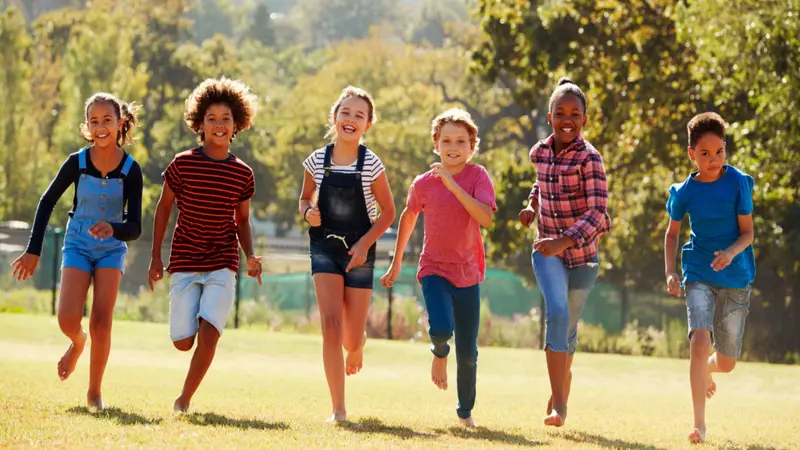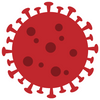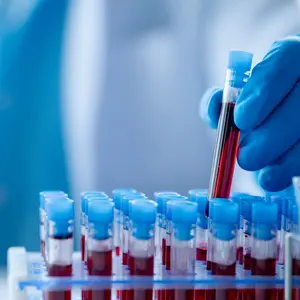

COVID-19

COVID-19
Children’s Physical Activity Declined 20% During COVID-19 Pandemic
In a new systematic review and meta-analysis published in JAMA Pediatrics, researchers sought to understand the effect of the COVID-19 pandemic on physical activity levels of children and adolescents around the globe and found that a considerable reduction in physical activity has occurred.
The researchers looked at 22 studies from a range of global settings that included 14,216 participants, and demonstrated that total daily physical activity decreased by 20% (17 minutes), irrespective of pre-pandemic baseline levels, and this reduction was larger for higher-intensity physical activity.
This reduction in daily moderate-to-vigorous physical activity represents almost one-third of the daily dose of moderate-to-vigorous physical activity recommended for young children (~3-5 years) and school-going children and adolescents (~5-18 years) to promote good physical health and psychosocial functioning.
Physical activity has numerous physical and mental health benefits for children and adolescents, including motor development, cardiorespiratory and muscular fitness, healthy weight, bone health, cognitive, brain health, emotional regulation, mood, and quality of life. During the COVID-19 pandemic, however, government-mandated social distancing restrictions severely limited children's access to regular physical activities (e.g., sports clubs, swimming pools, gyms, community centers). Global school closures affecting 1.5 billion youth worldwide led to an increased reliance on digital media devices for learning activities, and early signs suggest that sedentary screen time doubled during the pandemic. School closures also meant lack of access to recess play and physical education lessons. Playground and other nature-based recreational facility closures also severely restricted access to outdoor and green spaces, which are key settings for childhood physical activity promoting play and socialization.
There is an urgent need for public health initiatives to revive young people’s interest in, and support their demand for, physical activity during and beyond the COVID-19 pandemic, and this need should be at the forefront of pandemic recovery efforts. Unfortunately, newly established levels of physical inactivity will be difficult to change, and the gradual lifting of public health restrictions likely won’t be enough to help increase child and adolescent physical activity. Targeted, formal public health strategies and initiatives are urgently needed to avert the potentially irreversible harms that are being caused to a lost generation of youth and ensure good health and social functioning.
REFERENCES
Neville, R, et. al. (2021, July 11). Global changes in child and adolescent physical activity during the COVID-19 pandemic. JAMA Pediatrics. https://jamanetwork.com/journals/jamapediatrics/fullarticle/2794075


 By
By







